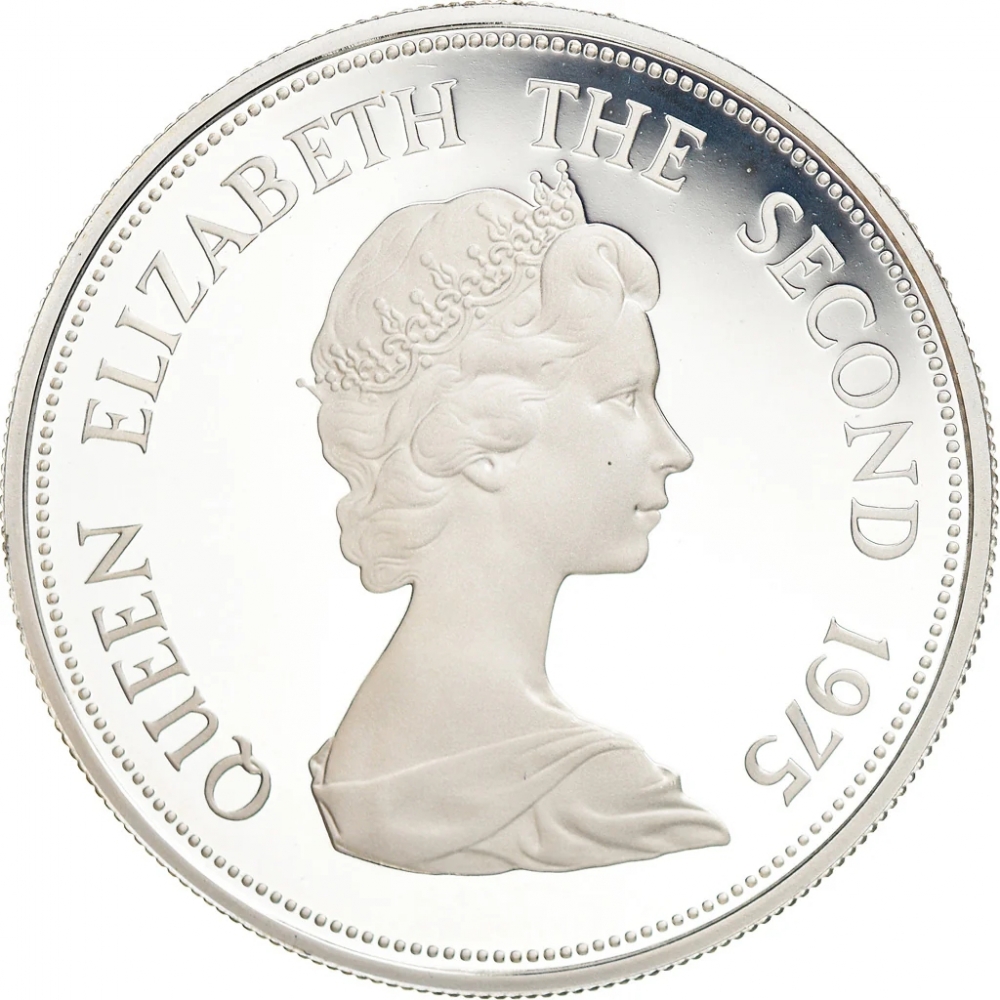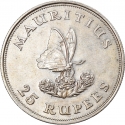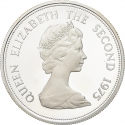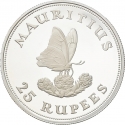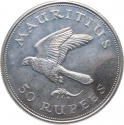You are about to finish your registration. Please check your mailbox (including spam folder). There should be a letter with a confirmation link. Check setting to make sure that your e-mail address is correct.
Send letter againDescription
British Mauritius was a British crown colony. Formerly part of the French colonial empire, the crown colony of Mauritius was established after a British invasion in 1810 and the subsequent Treaty of Paris that followed. It later gained independence as a Commonwealth realm on 12 March 1968.
In 1974 the Mauritius kestrel was close to extinction, with only five or, possibly, six known birds of which two in captivity and a solitary breeding female. In 1985, numbers were estimated to have increased slightly in the wild, but it remained critically endangered at fewer than 15 individuals. After considerable pioneering conservation efforts by Carl G. Jones and Abdool Wahab Owadally the numbers had increased to circa 400 birds in 2019. This conservation achievement is regarded as one of the most successful and best documented bird restoration projects in the world. It was proclaimed the national bird of Mauritius in March 2022 to mark the 30th anniversary of the Republic of Mauritius.
Obverse

|
Second crowned portrait of HM Queen Elizabeth II facing right, wearing the Girls of Great Britain and Ireland tiara enclosed by HM name with date. QUEEN ELIZABETH THE SECOND 1975 |
|---|---|
Reverse

|
Depicts a flying Mauritius kestrel holding a pery (lizard), country name above and denomination below. MAURITIUS |
| Edge |
50 Rupees
2nd portrait
Conservation
Mauritius Kestrel
Subscribe series
KM# 41a Schön# 41a
Conservation
Mauritius Kestrel
